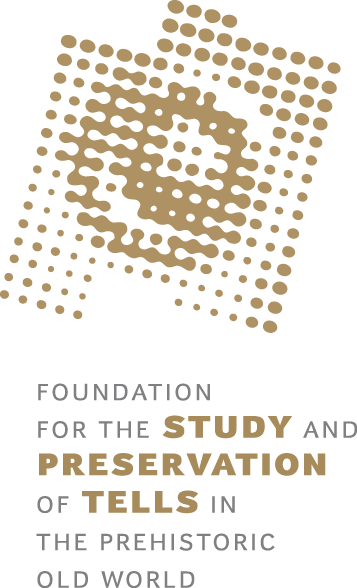
Our Mission
Funding
FUNDED PROJECTS
Donations
Who We Are
Dating Vatta – Building a Radiocarbon Chronology for the Cemetery of the Bronze Age Tell Site of Vatta-Testhalom (BORBAS)
Gian-Luca Paul and Tobias L. Kienlin (Köln, Germany)
Besides Gelej where recent research has established the existence of an enclosed multi-layer settlement located at a distance of hardly more than 500 m from the well-known Middle Bronze Age cemeteries of Kanálisdűlő and Beltelekdűlő, Vatta-Testhalom so far is the only other site in the Borsod region with a grave group excavated according to modern standards that directly corresponds to one of the tell sites studied by the BORBAS project.
The graves were uncovered during rescue excavations carried out in 2009 and 2010 along the course of a massive drainage channel for the neighbouring open-cast mine, and very much like the situation at Gelej they were located just on the opposite, eastern side of the old course of the Csincse river that passed by the settlement.
Magnetometer work carried out in 2021 has shown that at least to the north of the embankment running along the drainage channel there are no additional graves. Due to access issues to the south such work is still pending. We do not yet know, therefore, just how many graves this burial ground comprised in total and how far it may have extended further south. It is unlikely, however, that this was the only cemetery belonging to the settlement of Vatta-Testhalom throughout its existence. We probably have to expect a ‘segmentary’ arrangement like it is postulated at Füzesabony-Öregdomb with at least three grave groups or small cemeteries known from the wider surroundings that are thought to relate to the eponymous tell site, or for that matter at Gelej referred to above with the two grave groups of Kanálisdűlő and Beltelekdűlő.
So far, the cemetery at Vatta has only been published in the form of a preliminary report. We do have an impression, however, of its spatial layout, namely more or less distinct rows of graves aligned in north-south direction, of its temporal depth, namely Early and Middle Bronze Age, and the apparent succession of different burial rites, i.e. ‘Hatvan’ and ‘Füzesabony’ styles through time.
Thus, a number of burials with scattered cremations and Hatvan style pottery would seem to mark an older horizon in the use of this burial ground, as do probably a couple of urn burials inferred. A Middle Bronze Age horizon is represented by some 39 characteristically gendered, crouched inhumation burials in Füzesabony tradition or style, plus a number of scattered cremation burials traditonally associated with late Füzesabony times.
It would be interesting, then, to know how urn burial and scattered cremations relate, and the same applies to a Middle Bronze Age horizon with its characteristic crouched Füzesabony style inhumation burials, and the return, if so, to the old burial ritual of cremation. It is suggested that with the variability seen in burial customs and grave goods in cemeteries like Vatta we may be looking at the different notions held of appropriate death and burial among those living on these sites. Such differences are expressive of distinct family traditions or identities present in the various sections such as the tell and outer settlement of the Vatta-Testhalom community of their times and of the various identities in terms of co-residence or kinship groups that together made up these communities.
In order to answer such questions, clearly, much more data is required, both on the settlement and burial sides. As a first step in this direction, and in order to make accessible what we have, a full catalogue and publication of the Vatta burials is currently prepared by Gian-Luca Paul in his Cologne University master thesis. This study will cover the archaeological aspects of the Vatta material, i.e. burial rite and grave goods, and it will be the basis for subsequent scientific analyses, such as aDNA and isotope analysis, to characterise those buried, their living conditions, relationship and, maybe, origin in greater detail.
As a first step in this direction, beyond the strictly speaking archaeological analysis, in the current project funded by the Foundation for the Study and Preservation of Tells in the Prehistoric Old World systematic radiocarbon dating is to be carried out on bone material from select Vatta graves from the above mentioned groups. Thus it is hoped to shed some light, for example, on the temporal depth of the cemetery as such, its development in terms of material culture / pottery style and the distinct rows of graves seen, and, of course, the relation of cremation burials and neighbouring inhumations – be it chronological and/or social.

